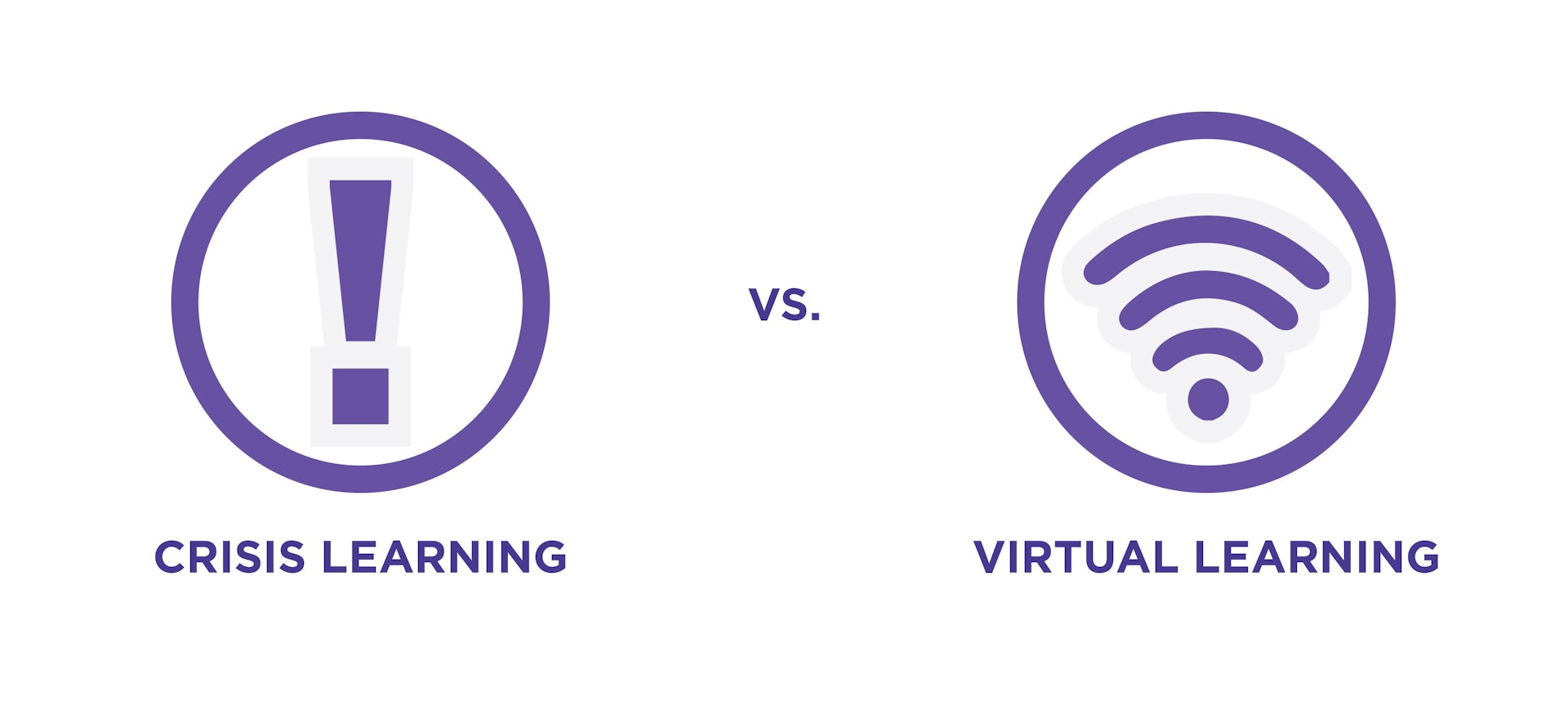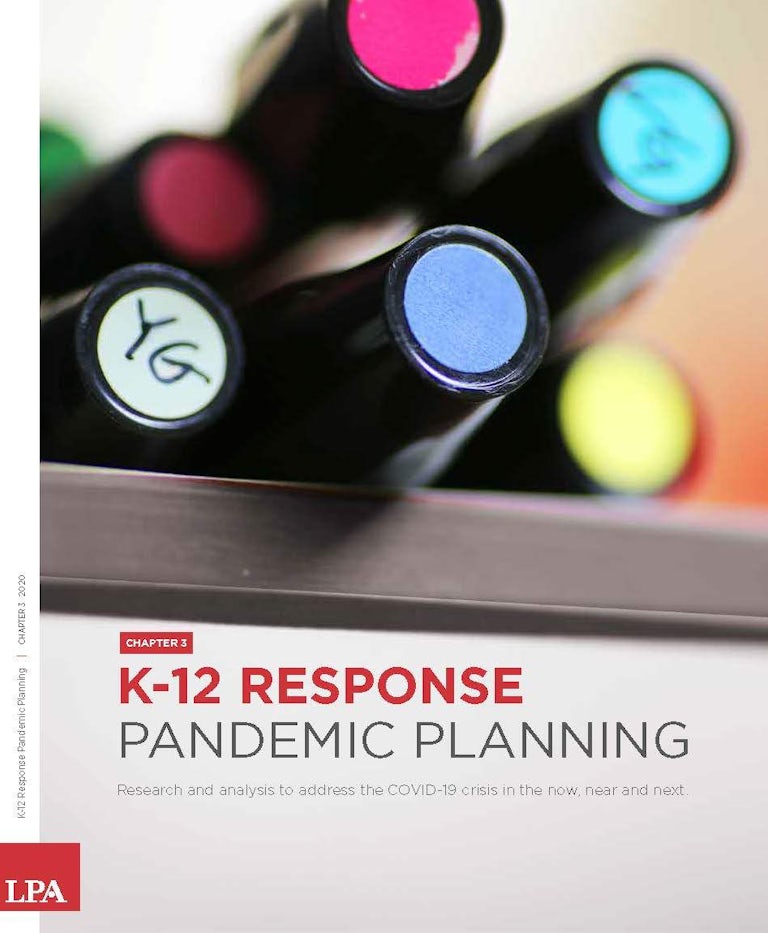The distance learning schools are about to experience is going to be much different than what happened in the spring. When schools shut down, districts were in crisis mode, racing to do something that had never been done before. The primary goal of emergency distance learning was to check in, engage students and make sure they were safe.
Virtual learning and distance learning can be far more robust and engaging when teachers have time to prepare for it. For the fall, teachers are developing lesson plans, integrating technology and working to create something that more resembles what students would experience in a classroom.
To complicate matters, teachers need to prepare their students to learn again following the significant trauma they experienced. Schools can’t ignore what happened in the spring, as they consider the social and emotional learning component. The challenge will be to take students from that post-trauma mode to a place where they’re receptive and able to grow and learn.
Teachers will need to work extra hard to create a welcoming environment for students who may be reacting in different ways to recent events. In a survey of parents and guardians conducted by LPAred, LPA’s research team, 65 percent listed their children’s “feeling of isolation” as the main reason they wanted students to go back to school. Parents are also concerned their children are falling behind, an anxiety fueled by the experiences in the spring.
In this digital world, it’s easy to feel disconnected. Educators will need to create a sense of community and togetherness. Without that social and emotional wellbeing connection, it will be difficult to engage the academic side of their life.
As daily routines develop, teachers will have to find ways in the digital world to make students feel supported, because they’re going to have a lot of feelings. Learners will continue to be distracted, simply because it’s not normal. They’re not at school. They’re not with their friends.
Creating A Welcoming Environment
As schools prepare for distance learning, educators need a game plan for making sure traumatized students are ready to learn.

Many of the educators I’ve talked to in recent weeks have discussed the challenge of creating that sense of what a school and a classroom feels like in a virtual realm. We all know what community and school spirit mean on campus, but what does it mean in a virtual world? At least for the foreseeable future, we know that community won’t be about Back to School Night, weekly assemblies in the gym or school dances.
The challenge facing educators is to create a sense of community when you can’t gather, in the traditional sense. In “The Art of Gathering: How We Meet and Why it Matters,” Priya Parker writes about the need to focus on the purpose of why we gather. In this new learning environment, that “why” takes on different meanings, as educators look to support students in ways that go far beyond school spirit.
In recent weeks, I’ve heard many stories of phenomenal teachers taking the extra step to stay in touch with students. In some districts, teachers are calling every student for one-on-one discussions at least once a week. One administrative leader said teachers and staff were doing regular check ins with her small groups and the calls had nothing to do with school minutes or academic learning. It was more about people coming together. They were playing games, essentially as a group, to promote that sense of normalcy.
As teachers analyze their minutes and create that virtual classroom, they are setting aside time for building a sense of school community. They are scheduling a morning touchpoint to welcome students into the classroom as they come together. The time, activities and focus will be different for the different grade levels, but educators are recognizing the importance of the social check-in times and the importance of social interactions.
We build environments every day that are meant to support the social and emotional wellbeing of students. In real time, educators will have an opportunity to consider what that means in a digital world. How do you create space and room for students to have that social and emotional connection?
The challenge will be to take students in that post-trauma mode and get them to a place where they’re receptive and able to grow and learn.
If students are falling behind in the digital world, the first question is, why? Are they falling behind because they don’t have technology? Are their parents unable to support them in a robust way at home? Or is it because they are the type of student who thrive in an environment of one-on-one help and they’re not getting that?
There is going to be pressure on every educator to help define that supportive community, and it won’t be the same for everyone. There’s going to be a learning curve for teachers, families and students as they pivot from crisis mode to creating a new virtual learning environment. But it’s exciting to see everyone coming together to hit the reset button, ensuring that what happened in the spring will not be what remote learning feels like in the fall.
LPA Project Designer Lindsay Hayward is focused on developing innovative and effective K-12 campuses.















